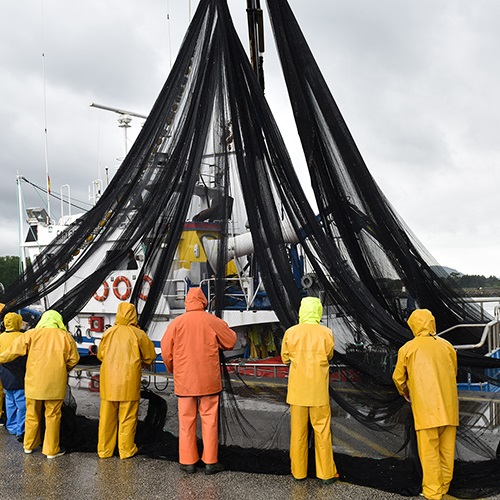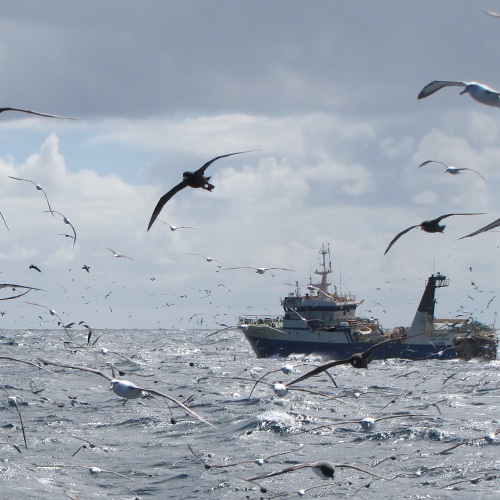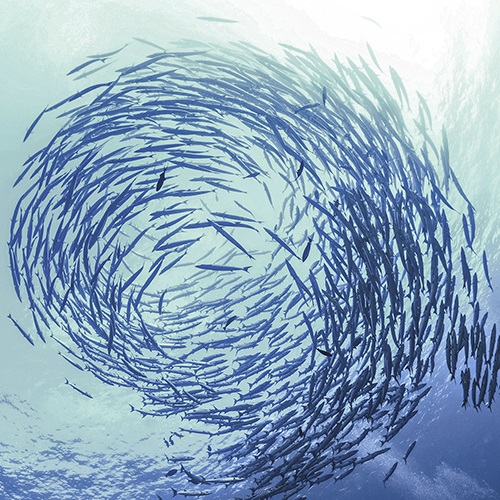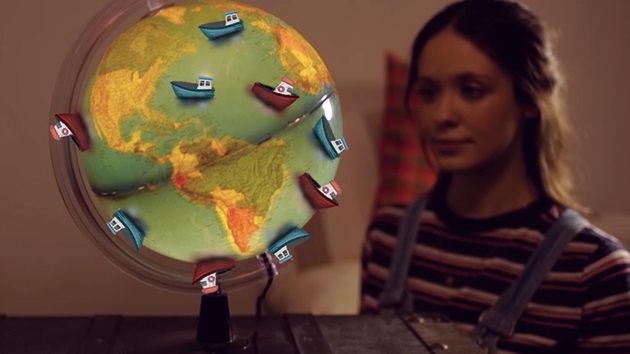Marine Protected Areas can be important tools in the effort to end overfishing and encourage greater biodiversity. Learn more about Marine Protected areas now.
What is a Marine Protected Area?
According to the International Union for the Conservation of Nature (IUCN) a Marine Protected Area, also known as a Marine Park, a Marine Reserve or a Marine Protected Zone is:
A clearly defined geographical space, recognised, dedicated and managed, through legal or other effective means, to achieve the long-term conservation of nature with associated ecosystem services and cultural values.
Differing in size and context, a Marine Protected Area is generally designed with a number of conservation objectives in mind. These can offer varying levels of protection by regulating human activities such as fishing, diving and boating.
List of Marine Protected Areas
As of June 2019, there were 14,830 marine protected areas with a total area of 27,495,595 km2 (10,616,109 sq mi) representing 7.59% of the ocean.
There are increasing calls to protect 30% of the ocean by 2030 with Marine Protected Areas.
There are six Marine Protected Areas in New Zealand and 64 protected areas in Australian waters.
Types of Marine Protected Areas
There are different types of marine protected areas. The names and purposes tend to differ by country, jurisdiction or authority:
- Marine Protected Area: According to the IUCN, Marine Protected Areas "involve the protective management of natural areas according to pre-defined management objectives."
- Marine Parks: According to Australian Marine Parks "Marine parks help conserve marine habitats and the marine species that live within and rely on these habitats"
- Marine Reserves: According to the New Zealand government, marine reserves are "designated areas that are completely protected from the sea surface to the seafloor, including the foreshore."
- Marine Sanctuaries: According to the National Geographic, "marine sanctuaries are a general form of marine protected area."
How can Marine Protected Areas enhance fisheries sustainability?
One way that Marine Protected Areas can enhance fisheries' sustainability is through additional layers of protection on top of existing fisheries management measures. Within a Marine Protected Area, this may mean prohibiting a certain type of fishing activity or, in some cases, prohibiting fishing altogether. This allows the marine environment to rebuild or remain in a pristine state.
What makes a Marine Protected Area effective at enhancing fisheries sustainability?
To be effective as a tool for enhancing fisheries sustainability, Marine Protected Areas need to be part of a well-managed ecosystem-based fishery management system.
Many stakeholders recognise that effective Marine Protected Areas are designed with a clear set of conservation objectives, good stakeholder consultation, and effective management.
Stakeholders often include recreational fishers, commercial fishers, environmental groups, and community bodies. Balancing these groups' priorities and the need for conservation is important to ensuring success. These groups can contribute hugely to understanding and mitigating any economic and ecological risks from implementing a Marine Protected Area.
Do Marine Protected Areas prevent overfishing?
Marine Protected Areas alone cannot end overfishing. When combined with sustainable fishing practices and robust fisheries management, Marine Protected Areas can be part of a suite of tools to sustainably manage fisheries and encourage greater marine biodiversity.
Sustainable fishing and Marine Protected Areas in Australia and New Zealand
Here are some examples of MSC certified fisheries in Australian and New Zealand waters that operate within a Marine Protected Area.
- The Western Australian Sea Cucumber fishery can fish in certain zoned areas of the Montebello Islands Marine Park, the Barrow Island Marine Park and the Barrow Island Marine Management Area. These are all State Government Marine Parks.
- The Tuna Australia (Walker) fishery can operate within certain parts of the Coral Sea Marine Park. This fishery is both certified and in assessment to the MSC Fisheries Standard.
- The Ross Sea Toothfish fishery operates in and around the Ross Sea Marine Protected Area, which is designated as a Special Research Zone.
- The Macquarie Island Toothfish fishery operates 100% within a Category IV (Habitat Protection Zone) Marine Park.
Find out more

Our approach
Our approach means everyone can play a part in that future while enjoying seafood, not avoiding it.

Our collective impact
For more than 20 years fisheries, scientists, consumers and industry have been part of a collective effort to make sure our oceans are fished sustainably.

What is sustainable fishing?
Sustainable fishing means leaving enough fish in the ocean, respecting habitats and ensuring people who depend on fishing can maintain their livelihoods.
Teach and learn about sustainable fishing
Use our curriculum-relevant teaching and learning resources to discover how we can help keep our oceans healthy for generations to come.


